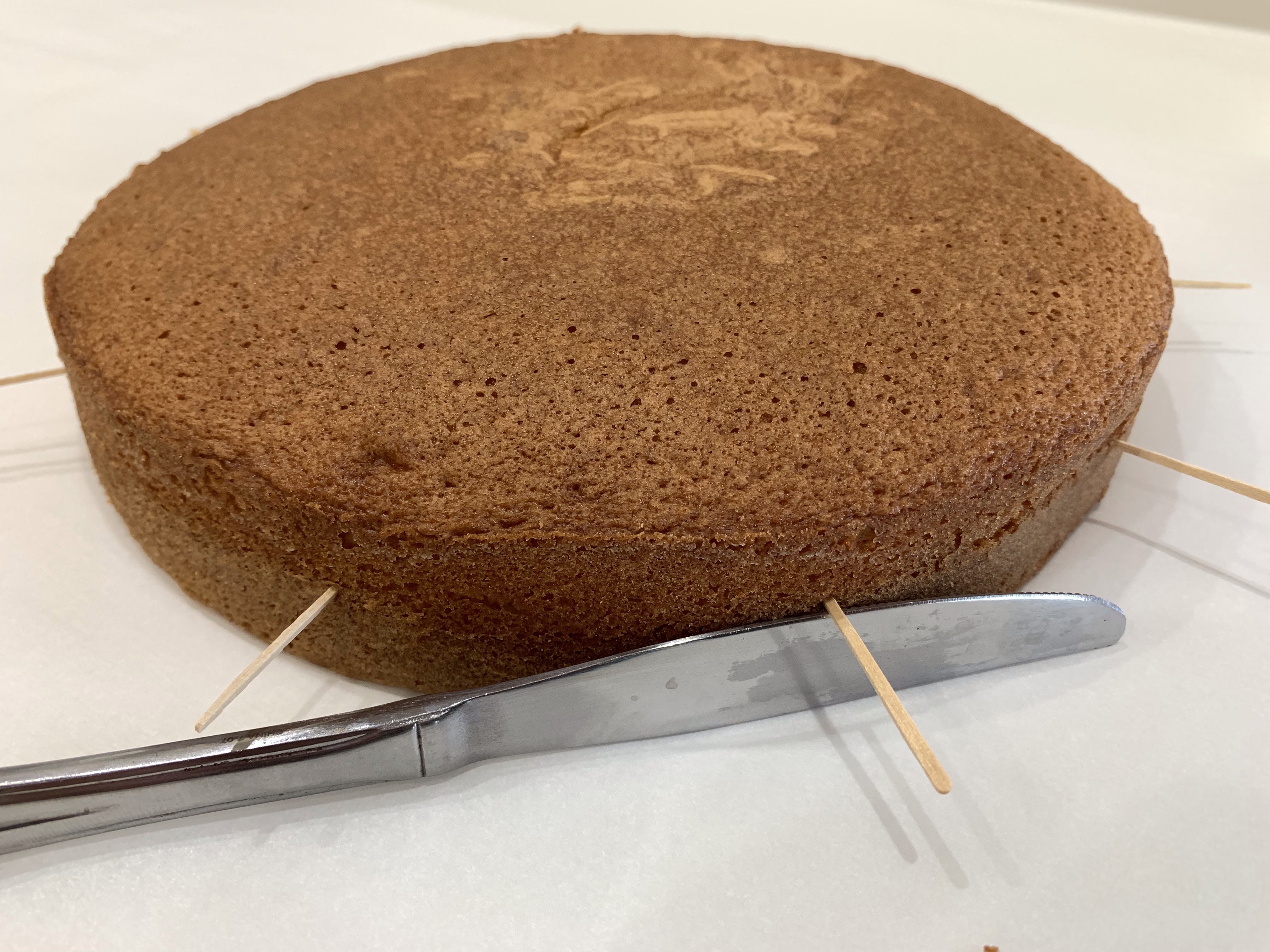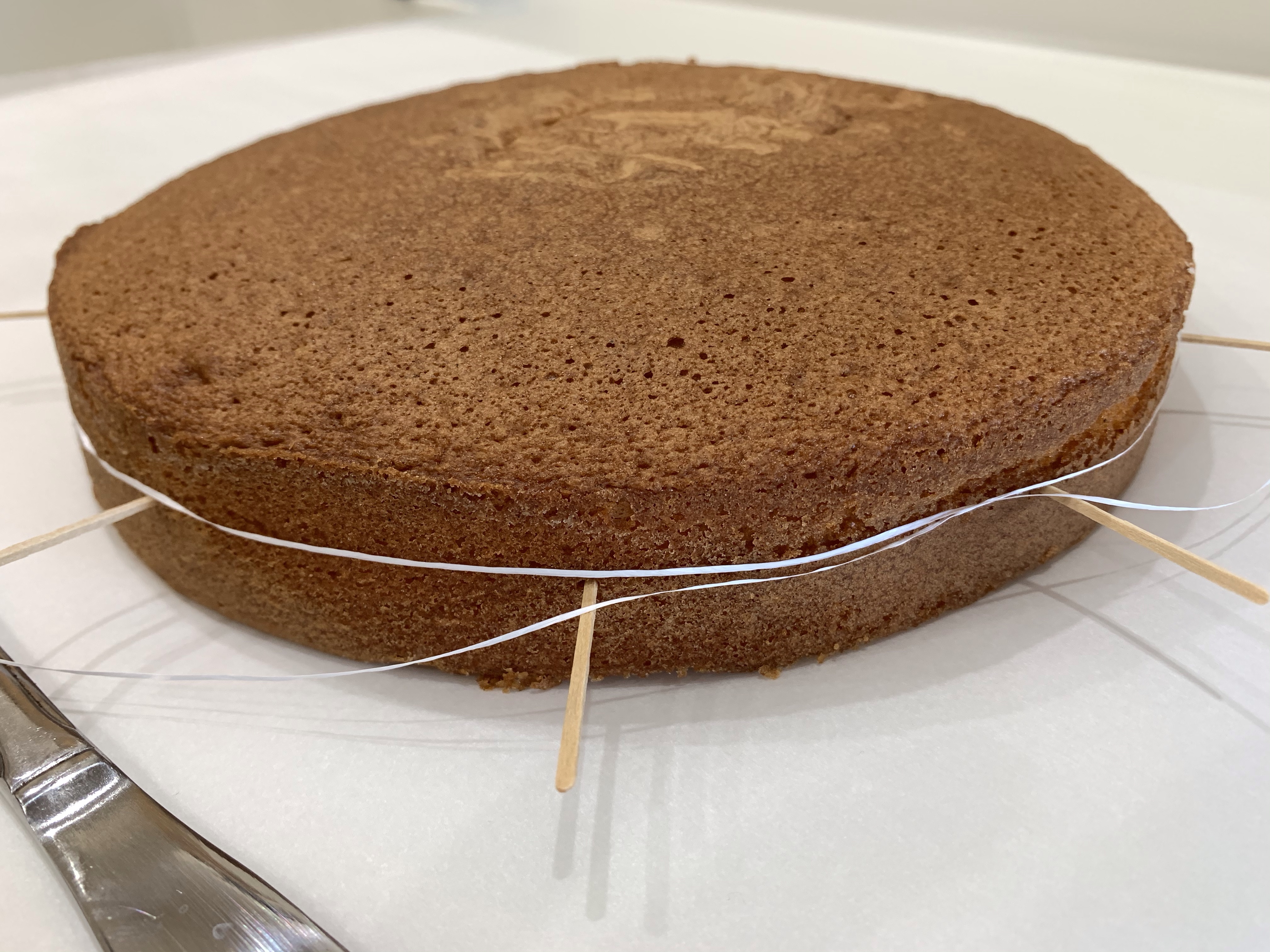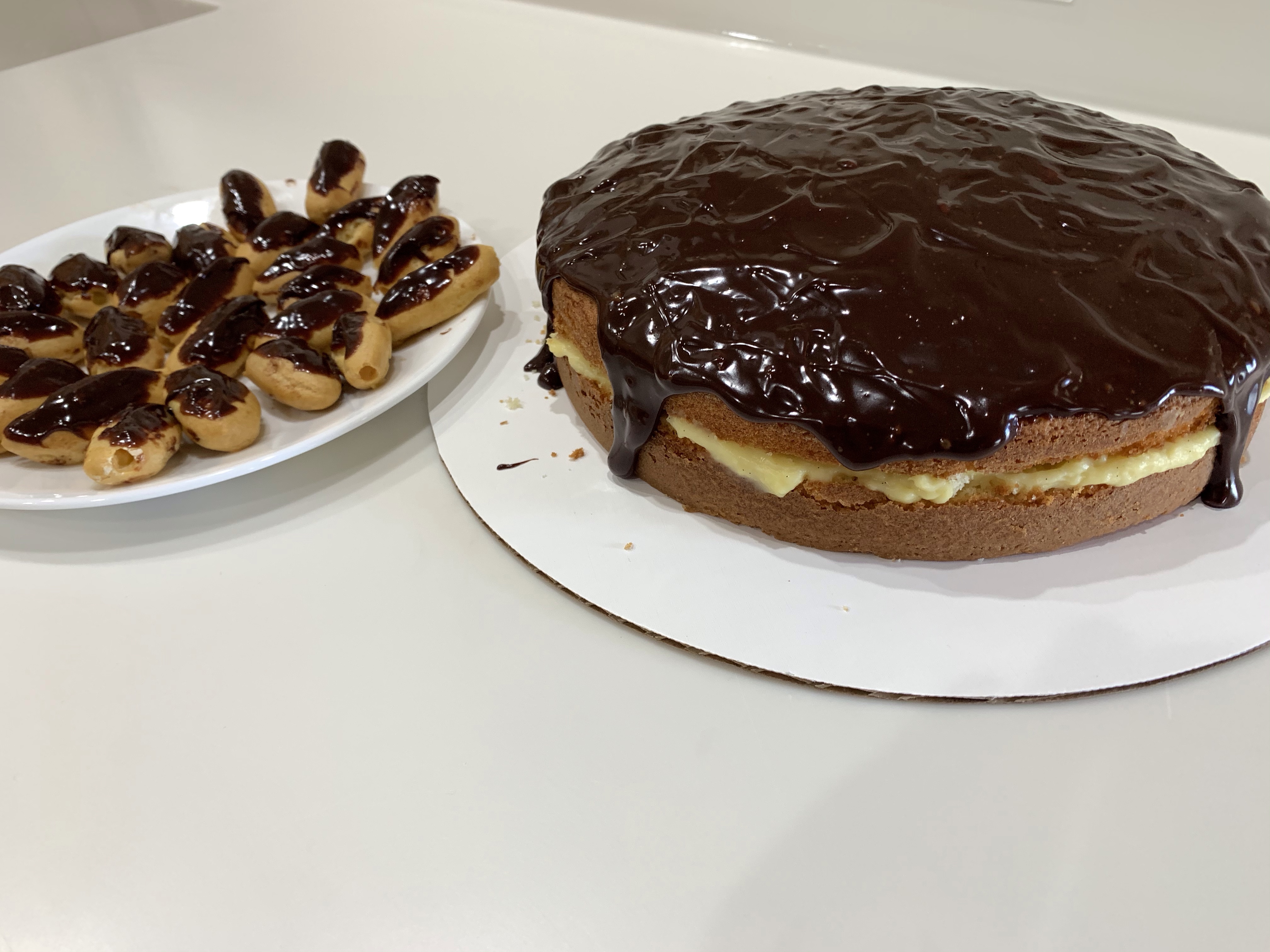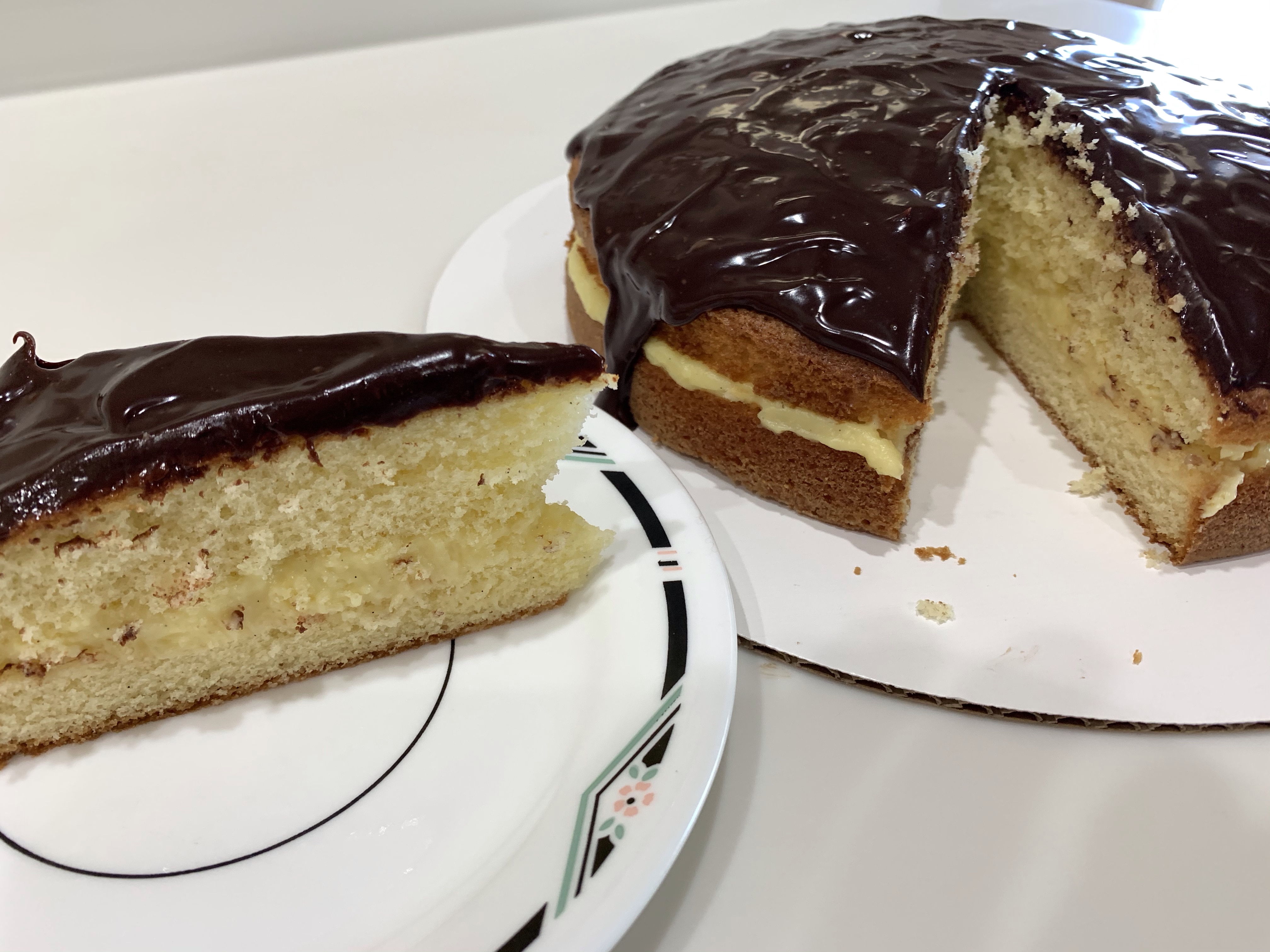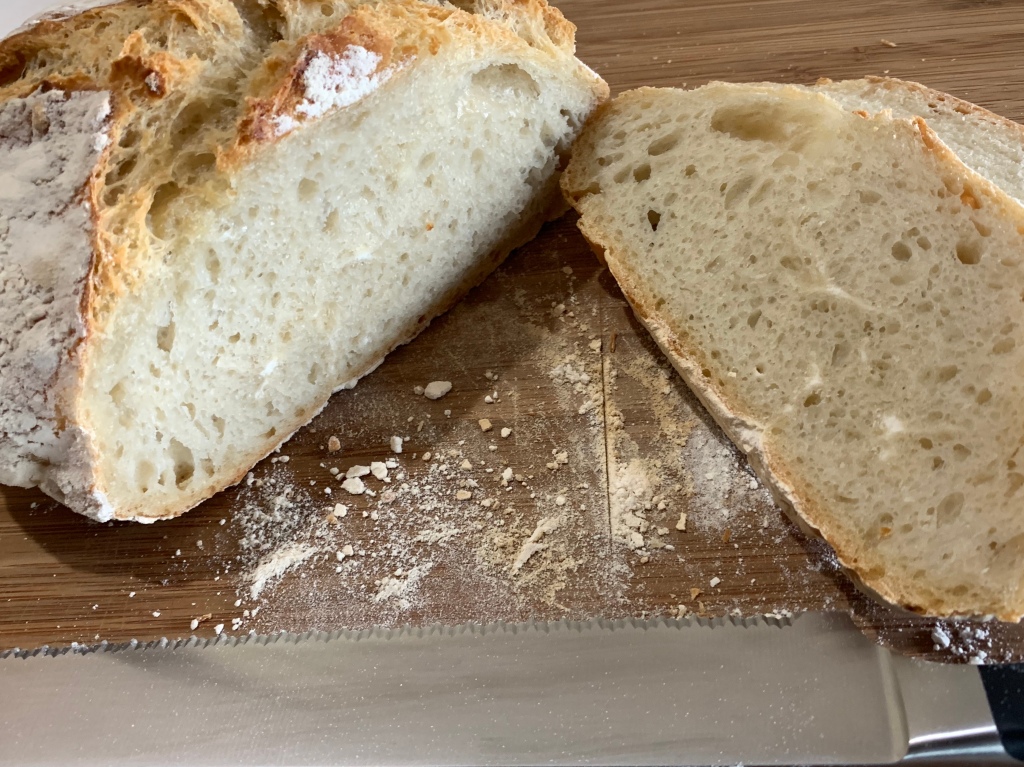Some people say confession is good for the soul. They may be right but there is no question chocolate is. However, I do have a confession to make. Actually, I have two (at least two) confessions to make.
Fran, my wife of nearly, well let’s just say many, years, frequently tells me due to my New England heritage and upbringing I am a frugal person. Actually, she uses another word, frugal is mine. I acknowledge she is correct, but I contend that’s not a bad thing. For example, I found three 6 ounce bags of Scharffen Berger bittersweet (70% cacao) chocolate that bloomed while stored in the cupboard. As everyone knows chocolate bloom can be repaired by melting the chocolate and allowing it to re-crystallize.
Now I confess (#1) it seemed a waste for me to spend the time and energy, meaning expensive natural gas, to melt and re-crystallize the chocolate with nothing to show for the effort. Not only would it be wasteful, according to Fran, it would be contrary to my nature. Luckily, I recently acquired a new chocolate mold and had all the ingredients in the cupboard to make some peppermint cream filling. This allowed me to finish up the chocolate and test the new mold.
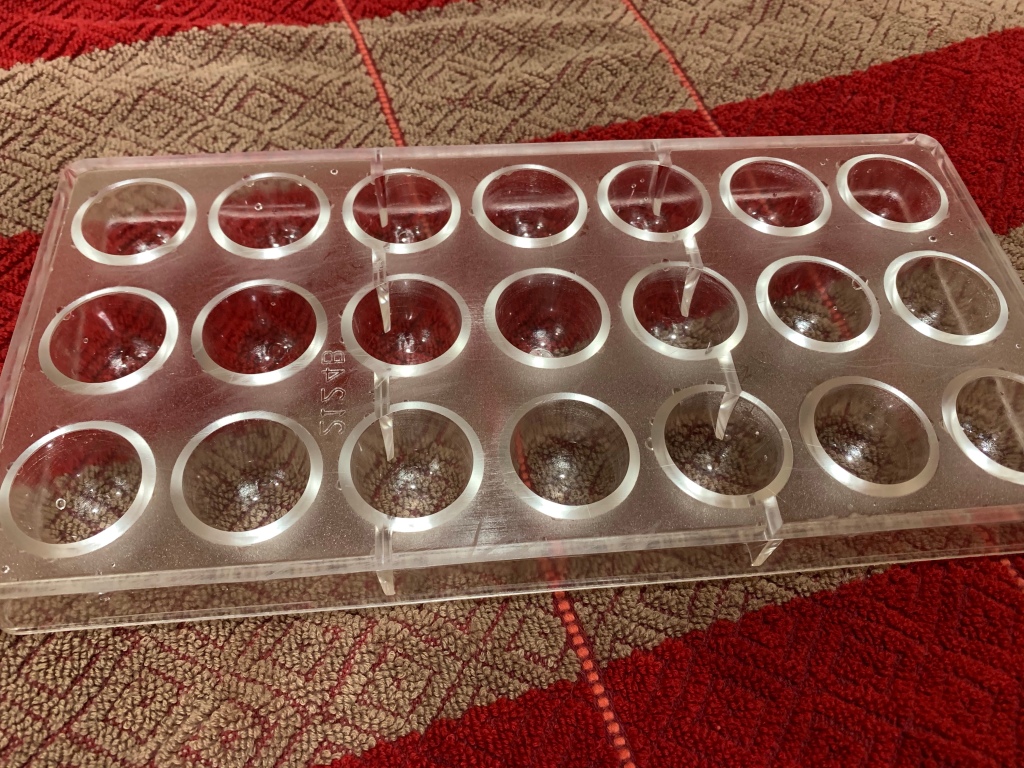
After golf this morning I frugally decided to make some filled chocolates. I tempered and thereby repaired, all 18 ounces and made some peppermint cream filled candies.

Unfortunately, there was too much tempered chocolate left over, but with my lucky streak intact I had some extra caramel from another batch of candies I made a couple of weeks ago. I dipped 20 caramel cubes in the remaining chocolate and set them aside to cure.
At this point there was barely enough tempered chocolate to fill and seal the new mold to make one more batch. I now have peppermint and previously made vanilla and raspberry. I also confess (#2) what I never tried, but wanted to, was chocolate coated marshmallow creams. While “fluff” is very sweet, the bittersweet chocolate provides a nice balance, plus I have only made marshmallow at home once before and I like to practice. Unfortunately, I only needed a few ounces and the recipe I have makes almost 2 pints, most of which is now sealed and sitting on the counter.
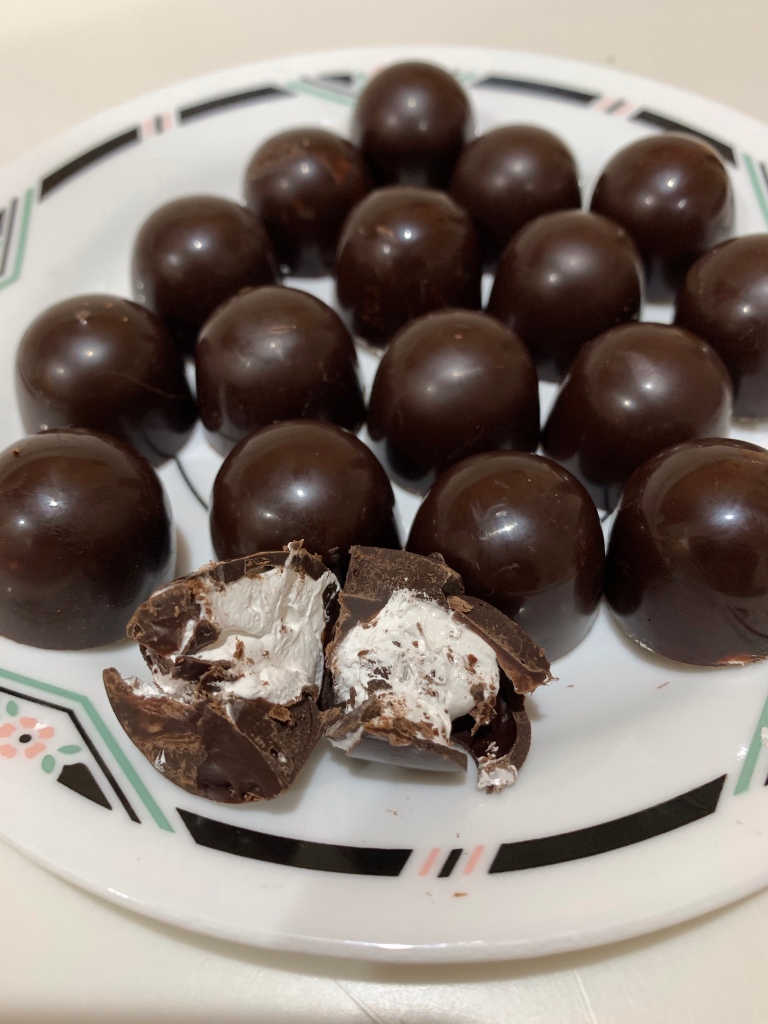
I was pleasantly surprised I could hold the chocolate in temper for the 30 minutes or so it took to make and cool the marshmallow. The chocolate temperature varied between 85 and 95 degrees as it sat on a double boiler. I checked the temperature frequently and turned the burner on briefly from time to time to keep the temperature fairly constant.
Marshmallow Recipe
INGREDIENTS
• 1/3 cup water
• 3/4 cup granulated sugar
• 3/4 cup corn syrup or honey
• 3 large egg whites room temperature
• 1/2 tsp cream of tartar
• 1 tsp vanilla extract
METHOD
1. Place water, sugar, and corn syrup (or honey) in a medium saucepan. Stir to combine.
2. Insert a candy thermometer into the pot and heat over medium-high. Do not stir from this point on as crystals will form.
3. Ensure mixer bowl and whisk are completely grease free.
4. Place egg whites and cream of tartar in the bowl of a stand mixer.
5. When the sugar syrup reaches about 225°F, start whipping the egg whites to soft peaks. Approx 3-4mins.
6. When the whites are ready, the sugar syrup should be at 240°F. Remove from the heat, turn mixer to medium and very slowly and carefully pour the sugar syrup into the whites in a thin, steady stream.
7. Once all of the syrup is in, set mixer to medium/high and continue whipping. The whites will deflate at first, but they will thicken and fluff up.
8. Continue to whip for 7-8 minutes, or until the mixture is thick and glossy.
9. Add in vanilla and whip until the fluff has cooled.
10. Pour into an airtight container and store for up to 2 weeks at room temperature.


